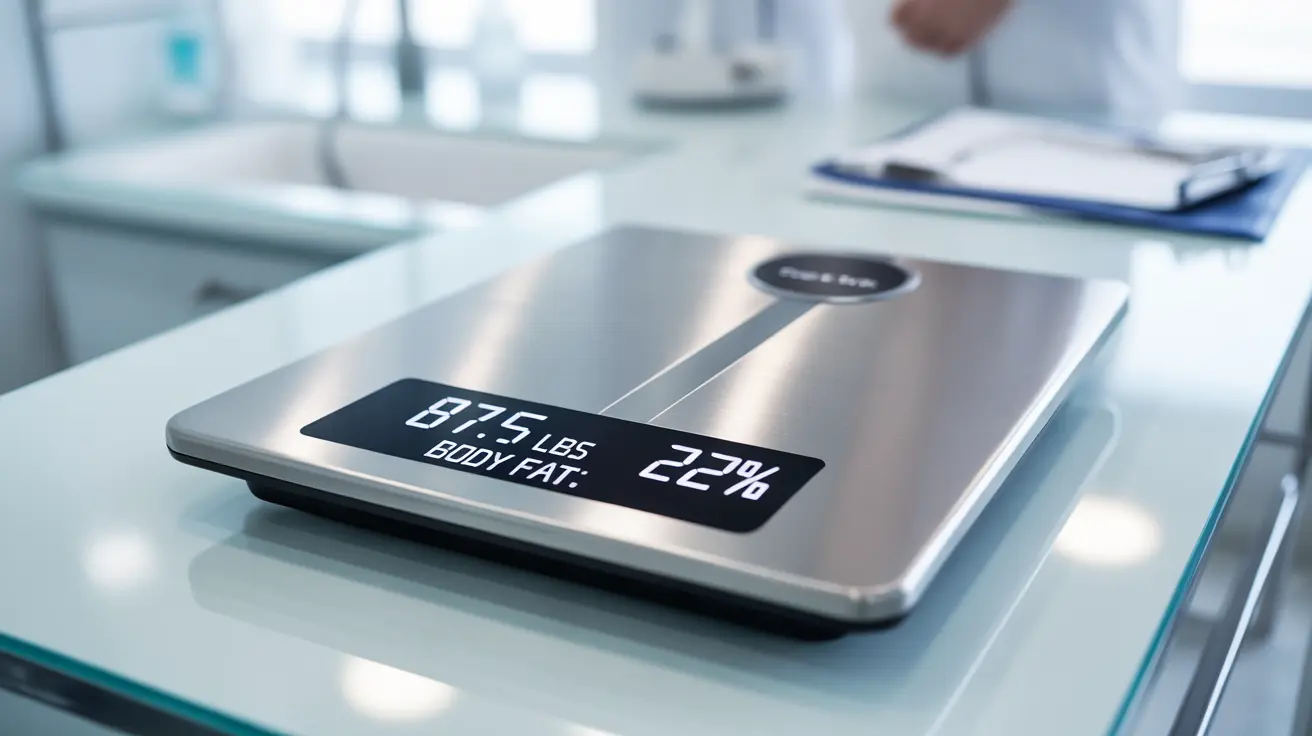Walking is a fundamental form of exercise that offers numerous health benefits, but what if you could elevate your workout with a simple addition? Enter the weighted vest – a powerful tool that can dramatically intensify your walking routine and unlock new levels of fitness potential. Whether you're looking to boost cardiovascular health, increase calorie burn, or build strength, a weighted vest might be the game-changing accessory you've been searching for.
While seemingly simple, weighted vests are a sophisticated approach to enhancing physical fitness that requires careful consideration and strategic implementation. This comprehensive guide will explore the science behind weighted vest walking, its remarkable benefits, potential risks, and how to incorporate this technique safely into your exercise regimen.
Understanding Weighted Vest Walking
A weighted vest is more than just an accessory – it's a strategic fitness tool designed to add resistance to your walking workout. By adding extra weight to your body, you create a more challenging exercise experience that engages multiple muscle groups and increases overall workout intensity. This approach transforms a standard walk into a full-body conditioning exercise that can yield impressive fitness results.
How Weighted Vests Enhance Your Walking Workout
The primary mechanism behind weighted vest walking is increased resistance. When you add weight to your body, every step becomes more challenging, requiring greater muscular effort and energy expenditure. This means your body works harder, leading to enhanced:
- Muscle engagement
- Calorie burning
- Cardiovascular conditioning
- Bone density improvement
Key Benefits of Walking with a Weighted Vest
Cardiovascular Fitness Boost
Weighted vest walking significantly elevates your heart rate and oxygen consumption. By adding extra weight, you're essentially creating a more intense cardiovascular workout without changing your fundamental walking mechanics. This means you can improve heart health and endurance more efficiently than traditional walking.
Enhanced Calorie Burn and Weight Management
One of the most attractive benefits of weighted vest walking is its potential for increased calorie expenditure. Studies suggest that adding just 10% of your body weight can increase calorie burn by up to 15%. This makes weighted vest walking an excellent strategy for individuals looking to manage weight or improve metabolic rate.
Strength and Bone Density Development
The additional resistance provided by a weighted vest doesn't just challenge your cardiovascular system – it also stimulates muscle and bone development. The extra stress on your skeletal system can help improve bone density, which is particularly beneficial for older adults or those at risk of osteoporosis.
Potential Risks and Considerations
While weighted vest walking offers numerous advantages, it's not without potential drawbacks. The added weight can increase strain on joints, potentially exacerbating existing conditions or causing discomfort if not used correctly. Individuals with pre-existing back issues, joint problems, or recent injuries should consult healthcare professionals before incorporating a weighted vest into their routine.
Safety Guidelines for Weighted Vest Walking
- Start with a light weight (no more than 10% of body weight)
- Gradually increase duration and intensity
- Maintain proper walking posture
- Listen to your body and stop if experiencing pain
- Choose a well-fitted, comfortable vest
Choosing the Right Weighted Vest
Not all weighted vests are created equal. When selecting a vest, consider factors like weight adjustability, comfort, breathability, and ease of movement. Look for vests that allow natural arm swing and don't restrict your range of motion. Adjustable vests are ideal, as they let you progressively increase weight as your fitness improves.
Frequently Asked Questions
What are the health benefits of wearing a weighted vest while walking?
Weighted vest walking can improve cardiovascular fitness, increase calorie burn, enhance muscle strength, boost bone density, and improve overall metabolic rate. It provides a low-impact way to intensify your walking workout.
How does a weighted walking vest improve cardiovascular fitness?
By adding extra weight, your heart must work harder to pump blood and deliver oxygen to muscles, effectively increasing your heart rate and improving cardiovascular endurance during the same walking distance.
What are the potential risks of wearing a weighted vest, especially for people with existing back pain?
Potential risks include increased joint strain, exacerbation of existing back issues, and potential muscle or ligament stress. Individuals with back pain should consult a healthcare professional and start with very light weights if approved.
How should I safely incorporate a weighted vest into my exercise routine to avoid injury?
Begin with a low weight (around 5-10% of body weight), start with short sessions, maintain proper posture, and gradually increase duration and weight. Always listen to your body and stop if you experience pain.
Are weighted vests suitable for older adults or those with osteoporosis, and what precautions should be taken?
While weighted vests can help improve bone density, individuals with osteoporosis or older adults should consult their healthcare provider first. If approved, start with extremely light weights and focus on proper form and gradual progression.
Weighted vest walking represents an innovative approach to fitness that can transform your walking routine. By understanding its benefits, risks, and proper implementation, you can safely leverage this technique to achieve your health and fitness goals.




